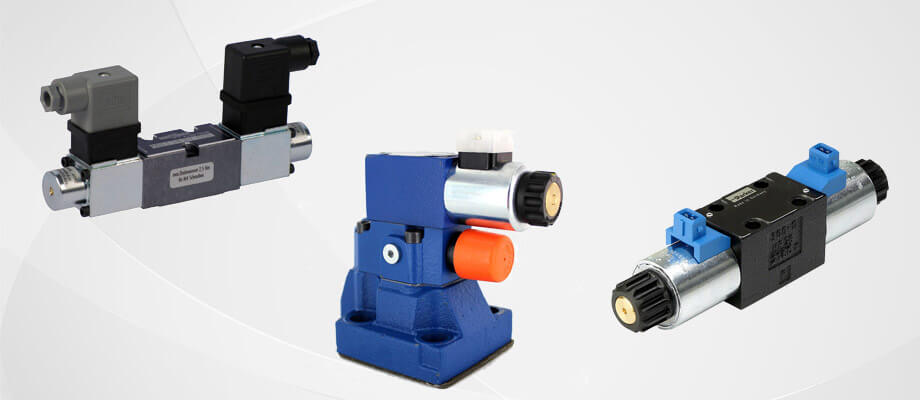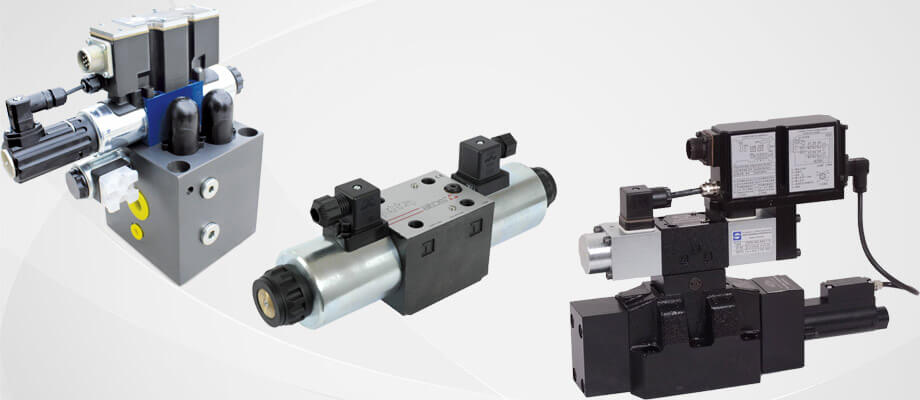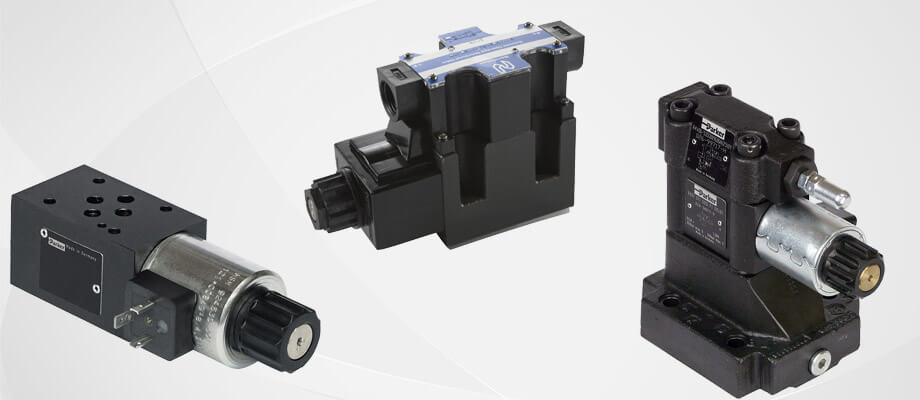In hydraulic systems, the element that used to control and adjust the hydraulic system working pressure, fluid flow size and fluid directions is called hydraulic control valve. Hydraulic control valves are the power elements of hydraulic systems which controls the on, off, directional shift of hydraulic executive elements and adjust hydraulic system moving speed and output torque through the control and adjust of the pressure, flow, directions of hydraulic working fluids.
No matter how simple a hydraulic system is, hydraulic control valve is the must-have element for hydraulic systems. Even though the hydraulic machinery may share the same technology, it can still compose different hydraulic system solutions with different oil circuit structures via the different combination of hydraulic control valves. Hydraulic valves are the most active element of all kinds of hydraulic products, therefore it also has the most kinds of specifications and has been most widely applied in hydraulic systems. Whether a newly designed hydraulic system and an operating hydraulic system can safely and reliably be operated or not, mostly depend on the performance of hydraulic valves in the system and whether the hydraulic valve parameters are matching the performance requirements or not.
Hydraulic Control Valve Types
Hydraulic control valves can be divided into different types based on different dimensions, such as the functions, control methods, valve structures, etc.
According to Different Functions
Hydraulic control valves can be divided as:
- Pressure control valves: valves used to control and adjust the pressure of hydraulic system and hydraulic circuit, such as hydraulic relief valve, hydraulic pressure reducing valve, hydraulic sequence valve, hydraulic pressure relay, etc.
- Directional control valves: valves that control the movement directions of hydraulic executive element and its start and stop service via the control and adjust of the directional shift of hydraulic systems and hydraulic circuit and its turn on and turn off service, such as hydraulic check valve, hydraulic directional valve, etc. The most widely applied hydraulic directional valves is solenoid directional valve which is actuated by hydraulic solenoids.
- Flow control valves: valves used to control and adjust the working fluid flow of hydraulic system and hydraulic circuit, such as hydraulic throttle valve, hydraulic flow speed control valves, hydraulic diverter valves, etc.

According to Different Control Methods
Hydraulic control valves can be divided as:
- On off control valves: hydraulic on off control valve is one of the most common hydraulic valves. It can be controlled by many different types of power actuators, such as hydraulic on off solenoid for solenoid controlled on off valves, hand lever for manual on off valves, motor for power driven type on off valves, etc. All these types of on off valves set the position of valve core or the spring on valve core at a certain working status, which makes the pressure, flow and direction stay the same.
- Proportional control valves: proportional control valves use proportional solenoids or torque motors to convert input signals into force or mechanical displacement of proportional valves. And the proportional valve output (pressure, flow) are also controlled continuously and proportionally based on its input volume. Typically, proportional control valves belong to open loop hydraulic control systems, but in recent years, there are some closed-loop hydraulic control systems also use proportional control valves as their power elements.
- Servo control valves: servo control valves is the valve which has the input signals (electric quantity and mechanical quantity) are mostly deviation signals (the difference value between input signals and feedback signals), and the valve output quantity (pressure and flow) has been controlled continuously and proportionally based on the valve input quantity. The working performance of servo control valves is similar to proportional control valves, which has a senior dynamic capability and static performance. Servo control valves are mainly used in closed loop hydraulic control systems which require higher working performance and short response time.
- Digital control valves: the valves which are controlled directly by digital information.

According to Different Valve Structures
Hydraulic control valves can be divided as:
- Hydraulic sliding valves: this type of valves adopts clearance seal. Between the hydraulic valve core and valve orifice, there is a certain sealing length, so there is a dead zone of the movement of hydraulic sliding valves.
- Hydraulic cone valves: the semi-cone angle of hydraulic cone valve core is about 12〫 – 20〫, when closing the orifice of hydraulic cone valve, the sealing method of hydraulic cone valve is linear sealing. Therefore, hydraulic cone valves have better sealing performance and operating sensitivity.
- Hydraulic ball valves: this types of valves have the similar performance with hydraulic cone valves. It is also widely applied to hydraulic valves with different functions.

